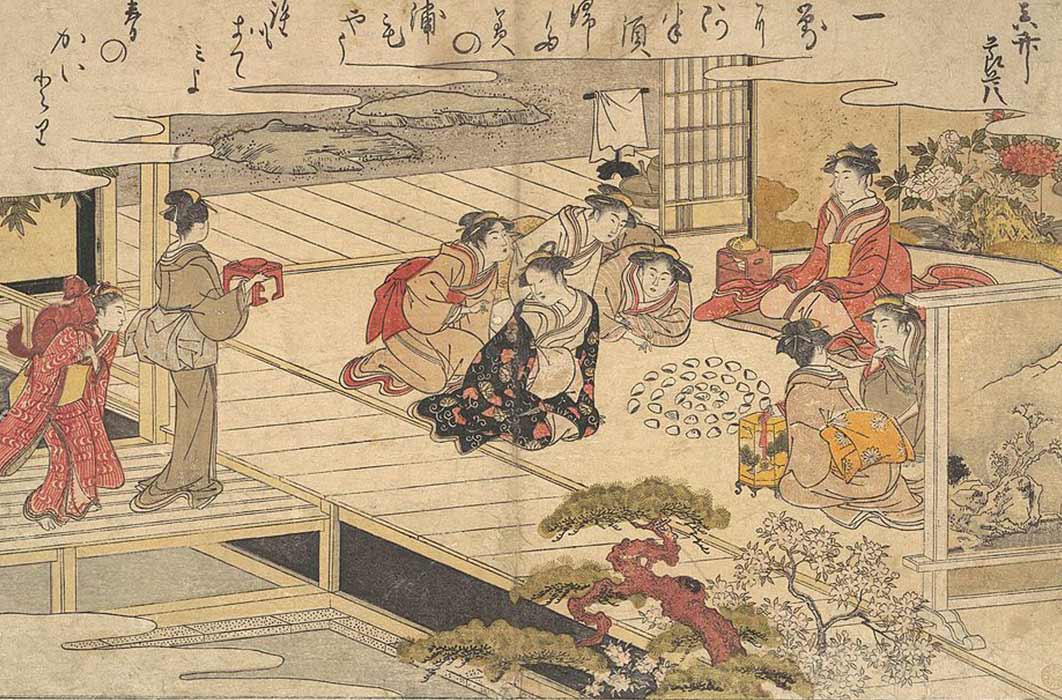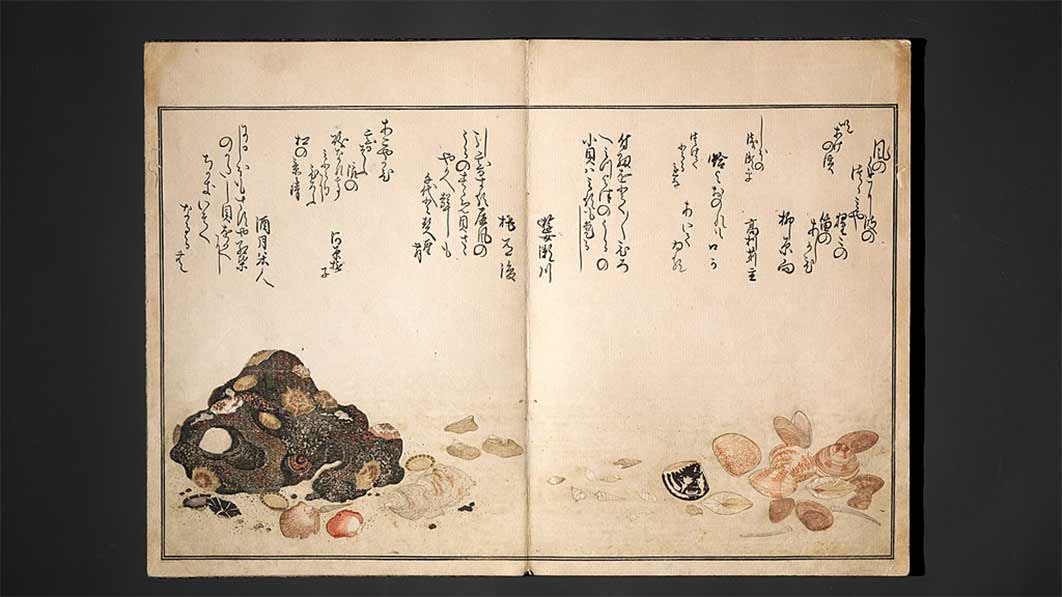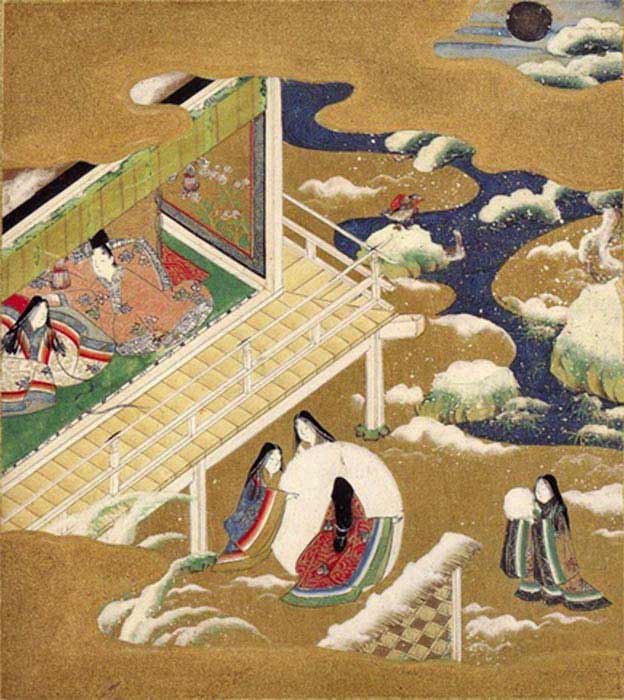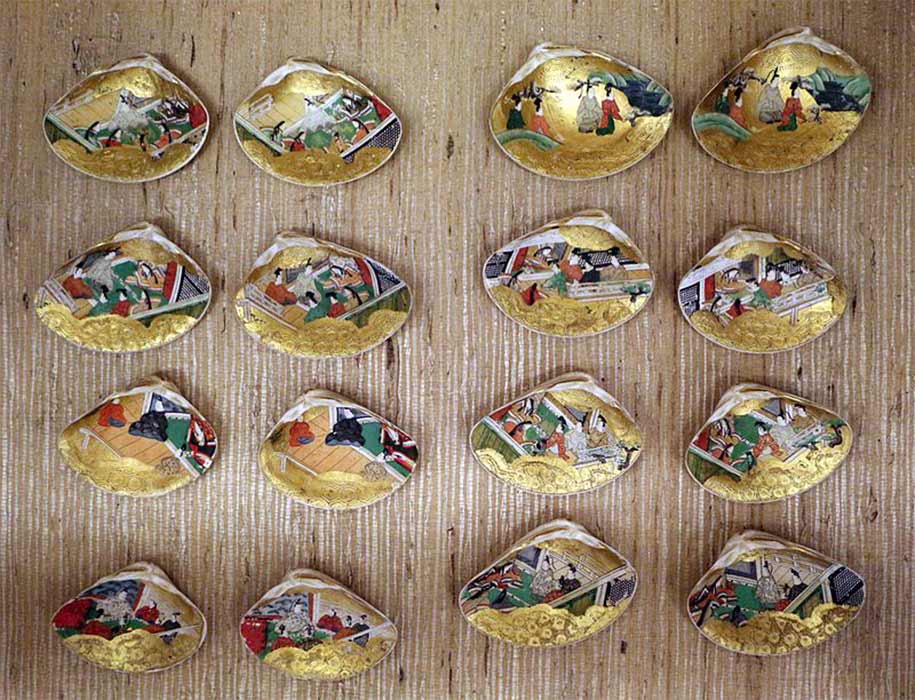
Kai-Awase: Elegant Shell Matching Pastime Of The Nobility During Heian Japan
Coming in an infinite number of shapes and colors, seashells have been used as a medium of exchange for centuries in a variety of locations, such as many Indian Ocean and Pacific Ocean islands, as well as North America, Africa and the Caribbean. Seashells have also played a role in religion and spirituality, as they served as ritual objects at times. The ancient Peruvian Moche culture worshipped animals and the sea, and shells were frequently depicted in their artwork. Long been associated with female fertility, shells were also frequently used as actual fertility charms. Given the almost universal fascination with seashells, it comes as no surprise that seashells became a subject in the visual arts.

Illustrated page from Gifts from the Ebb Tide by Kitagawa Utamaro. Metropolitan Museum of Art (CC0)
Japanese author Kitagawa Utamaro’s 1789- book, Shiohi no tsuto (潮干のつと) Gifts from the Ebb Tide depicts 36 different types of seashells lying on the beach over six double-page spreads, with one double page depicting the collecting of these shells and an image depicting women playing a game of matching the separated halves of the shells. The name of this game is called kai-awase (貝合わせ) which means shell-matching or more literally; shell-joining.

A Tosa Mitsuoki illustration of Heian court women in the winter. (Late 17th century) (Public Domain)
A Dull Life Of Beauty In Heian Japan
A typical nobleman who lived in the Heian Period (794-1185) in Japan, would have spend the majority of his time in court – if he was not serving the Emperor, his day would have consisted of visiting other noblemen, reading, writing and reciting poetry, and entertaining the nobilities with his wisdom and gentle wit. A nobleman’s main function was to generally add to the serenity and beauty of the environment by his conduct and presence.
As one can imagine, very little physical activities were required in the daily life of a nobleman. Would they then have sought ways to practice sports outside? Certainly not. The nobility, particularly the women, did not participate in sports as their heavy, sweeping clothes were too cumbersome for them to move freely. Courtiers were also frequently too preoccupied with court matters and intrigues to set a particular time aside for physical exercise. Physical exercise would have been difficult for the ladies in particular, as they would have spent most of their adult life secluded behind windows, blinds and fans. The only men who could have laid eyes upon them were their fathers and their husbands. However, this did not mean that the noble men and women of the time had no activities to entertain or amuse them. Competition (that is, gentle competition) was a popular form of interaction in Heian society.

Examples of sets of matching shells (Sailko / CC BY-SA 4.0)




